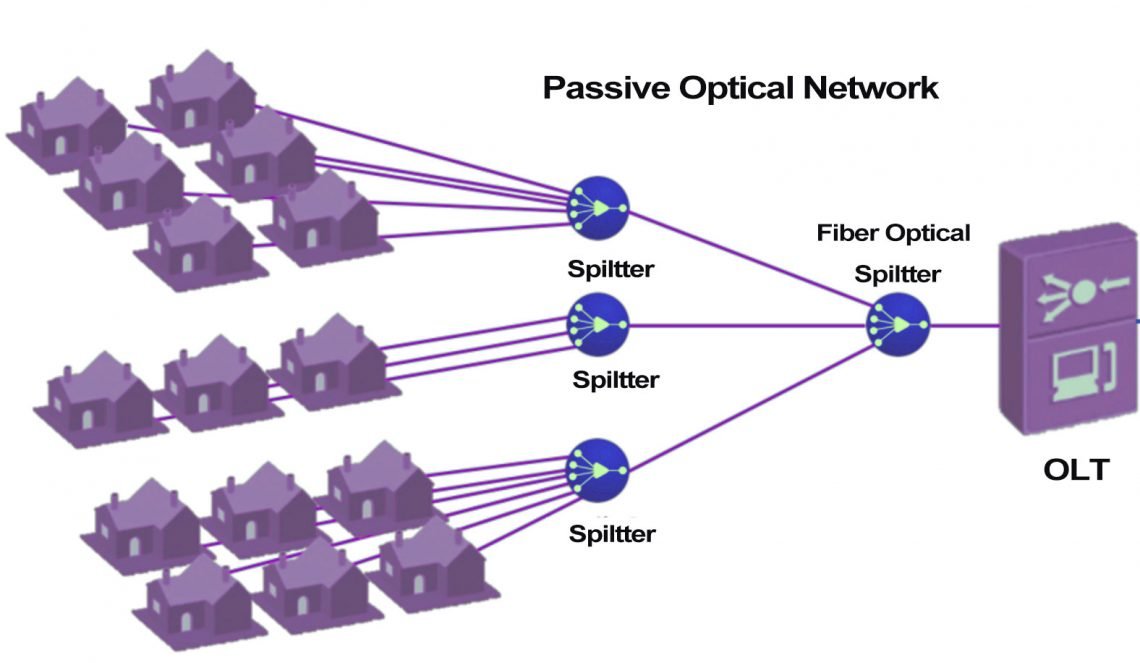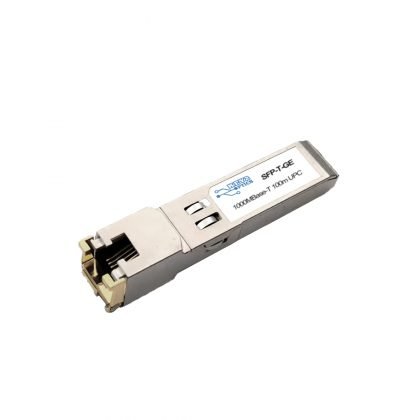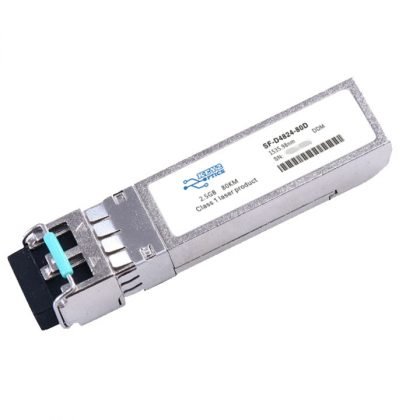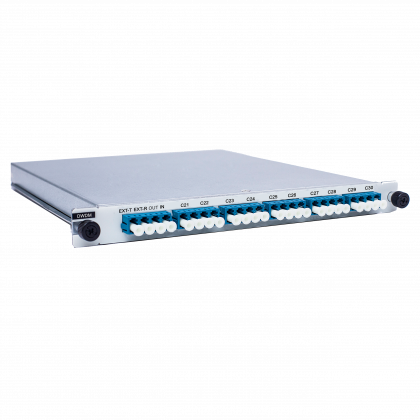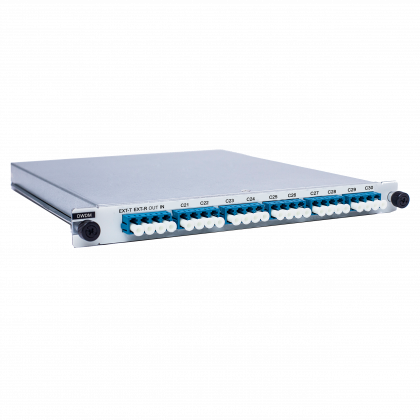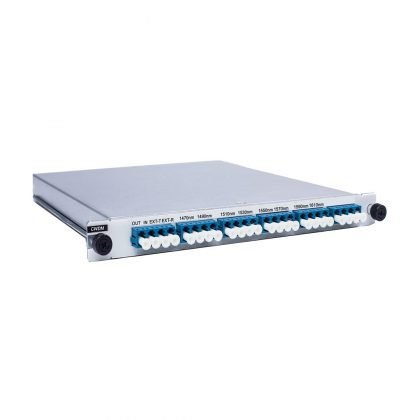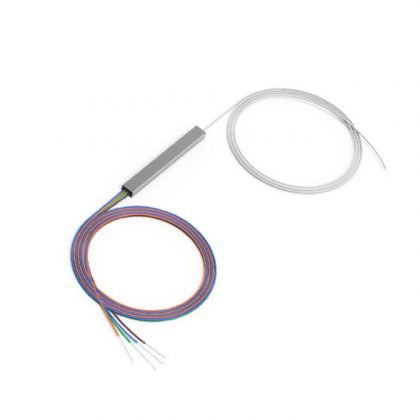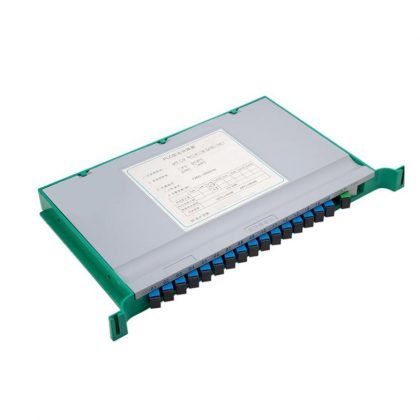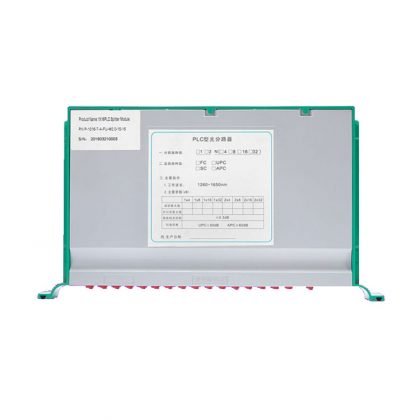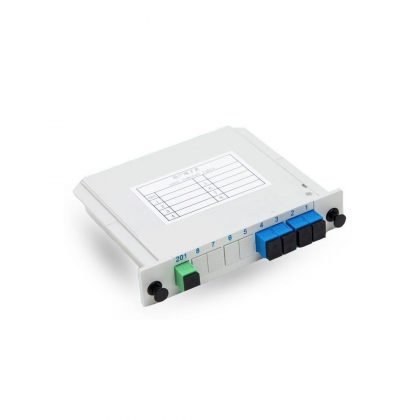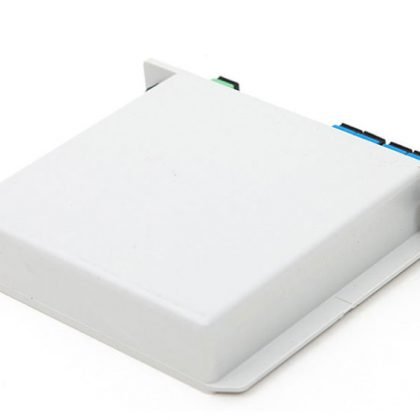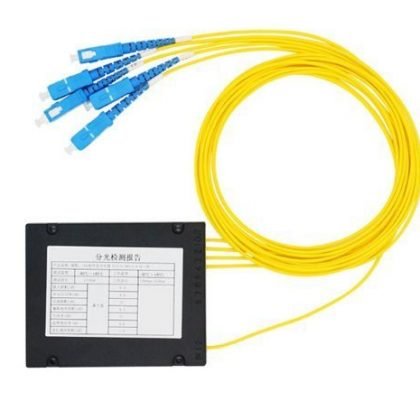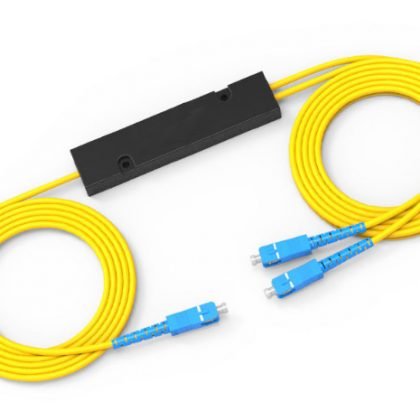Among all the technologies, bigger bandwidth is a great concern indicator, but there is another indicator that also determines the actual network experience of users, which is the passive optical network. A passive optical network, or PON, is an optical splitting system composed of a glass medium.
Key2optics.com
Video for this post
Background: Passive optical network designed for home broadband
With the rapid development of optical communication technology, most of the current backbone network has basically become fiber opticalized, digitalized, and has greater bandwidth.
Among all the technologies, bigger bandwidth is a great concern indicator, but there is another indicator that also determines the actual network experience of users, which is the passive optical network. A passive optical network, or PON, is an optical splitting system composed of a glass medium.
Why PON is the suitable choice for home broadband
As we all know, the part between the operator’s optical network system to the home optical modem is called the last mile of the Internet. With the massive amount of data going to and from the Internet, we need a technology with high capacity, long transmission distance, and low cost complete this last relay. Passive optical networks are one of the best and most suitable choices.
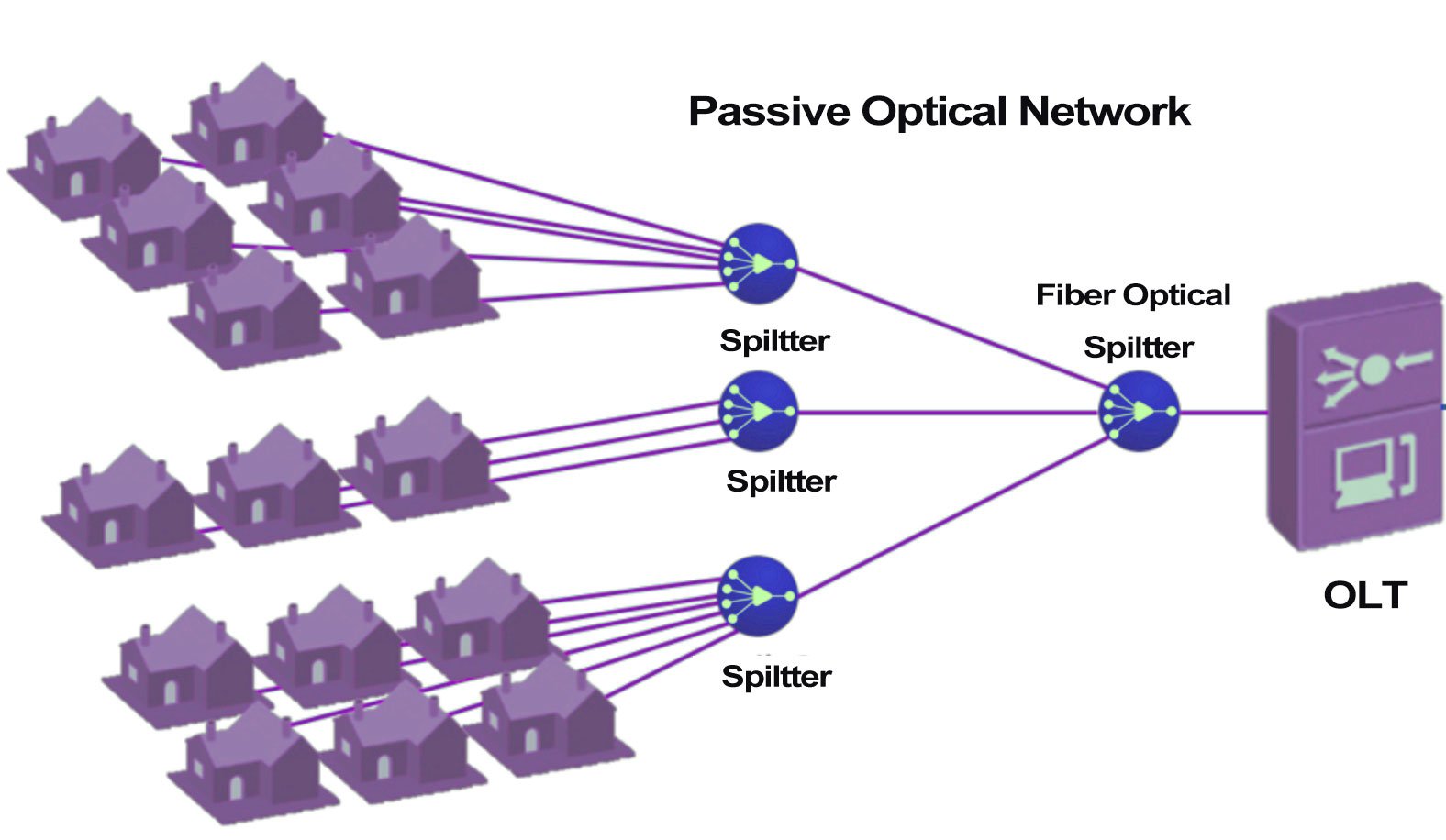
Optic waves are transmitted through optical fibers and processing devices. It is a pure media that can avoid interference from static electricity and lightning. It has excellent environmental resilience and reliability, and because it is passive which means the optical distribution network, or ODN, does not need any active electronic equipment. No power supply, but light in weight and volume, and can be installed in all kinds of environments, without renting or building rooms. It saves much more money for operation and maintenance.
The only difference between 100 megabits and gigabit optical networks is the frequency of optic waves. Both of them work in the same optical fiber medium; Unlike expansion for a power network, which requires not only replacing the electrical gates at both ends but also changing thicker cable for larger current; a network expansion for an optical network only needs to replace the fiber transceivers (Wiki: what is optical transceivers?) at both ends.
Optical Transceivers for Passive Optical Network
The two PON systems can co-exist on the same ODN through WDM devices. Broadband upgrades have become more accessible and easier. The operator just simply changes the WDM service cards from megabit to gigabit. No change in the pipeline and cabling. This makes the FTTH and FTTB projects much more simple and more convenient.
Total OTN-WDM Network Solution
Contact Us:
Email: [email protected] | Tel: +86 755 3289 4303 | WhatsApp

